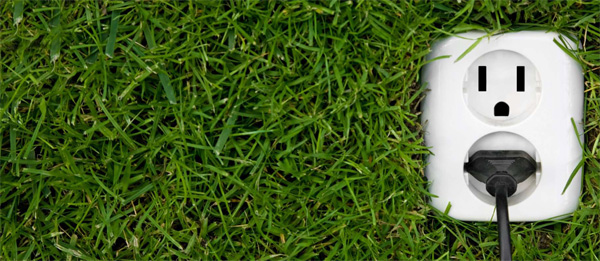ITU (International Telecommunication Union), the United Nations specialised agency for information and communication technologies – ICTs, was in Durban for the recently concluded Climate Change Conference. Here, Dr Bilel Jamoussi, the Chief of the Study Groups Department at ITU, explains to Climate Control Middle East the crucial need to push ahead with green IT
ITU (International Telecommunication Union), the United Nations specialised agency for information and communication technologies – ICTs, was in Durban for the recently concluded Climate Change Conference. Here, Dr Bilel Jamoussi, the Chief of the Study Groups Department at ITU, explains to Climate Control Middle East the crucial need to push ahead with green IT.

Do you think green it costs money or saves money?
If you look at it from a carbon perspective, ICT is a candidate for reduction of carbon. Moving from a material environment (paper) to e-book makes sense, because production of paper and its transportation have a significant carbon footprint, and that can be replaced by downloading, so that’s one example of how ICT can help in reducing carbon emissions. Many people choose to tele-work, and that’s a huge savings on having to drive a car. ICT can also help in travel. And companies are adopting video-conferencing as opposed to travelling.
What is driving CIOs to deploy more environmentally sustainable products and services?
 There is the cost factor. ICT impact can be measured. By deploying more energy-efficient network solutions, CIOs can save on operating costs. Since ICT has a central role in any enterprise, the solutions are not simple. The competitiveness of companies would depend on ICT solutions. Video conferencing would help the enterprises economically, more efficiently and strategically. For example, a focus group is working on international standards for cloud computing. And any enterprise can choose a cloud computing solution, where cooling solutions are shared among multiple users. It’s a strategic move for a company to use the latest software. And an additional element of redundancy is there.
There is the cost factor. ICT impact can be measured. By deploying more energy-efficient network solutions, CIOs can save on operating costs. Since ICT has a central role in any enterprise, the solutions are not simple. The competitiveness of companies would depend on ICT solutions. Video conferencing would help the enterprises economically, more efficiently and strategically. For example, a focus group is working on international standards for cloud computing. And any enterprise can choose a cloud computing solution, where cooling solutions are shared among multiple users. It’s a strategic move for a company to use the latest software. And an additional element of redundancy is there.
Is this now being viewed as a core technology that delivers business value?
ICT is being viewed as core technology. For example, intelligent transport system in vehicles and sensors could save people time in traffic jams and help them use alternative routes, as opposed to idling the car, where there is wastage of energy. So there are energy savings there. Another example is smart grid for electricity distribution. Lots of renewable energies do not have stable production, so for grid distribution to balance itself out, there has to be better communication. Smart grid is about bringing communication protocols to distribute the energy better.
Do you think greater legislative pressure is needed to make companies adopt green IT?
It’s especially important to adopt green IT as an economic factor. It you look at Durban, one of the agreements was to keep the average global temperature rise below 2C. So that agreement for governments to implement, it has to trickle down, and the reduction in carbon has to be measured. So we will see some encouragement from government to private sector. Legislation can help in raising awareness. The ITU participation in Durban was all about awareness.
What are some of the obstacles to a genuine move towards sustainability?
Awareness is the biggest obstacle I see. Many policy makers know of the great impact of ICT. This should be clearly communicated, and new international standards should be implemented.
What kind of collaboration is required between governments and businesses to effectively combat carbon emissions?
We have seen real increase in government participation where standards are developed. Eleven new countries from developing countries participated this year. That dialogue between government, private sector and academia to develop standards is the way forward for significant improvement.
Copyright © 2006-2025 - CPI Industry. All rights reserved.